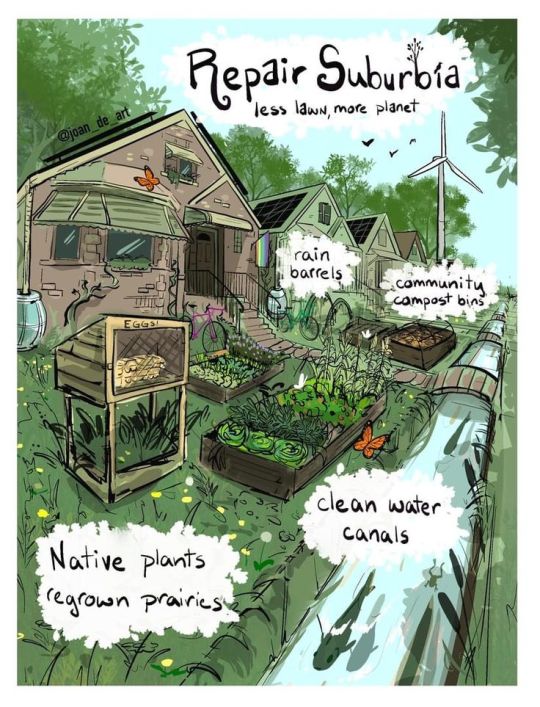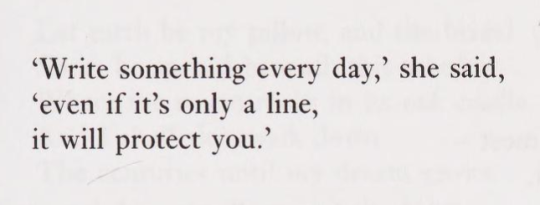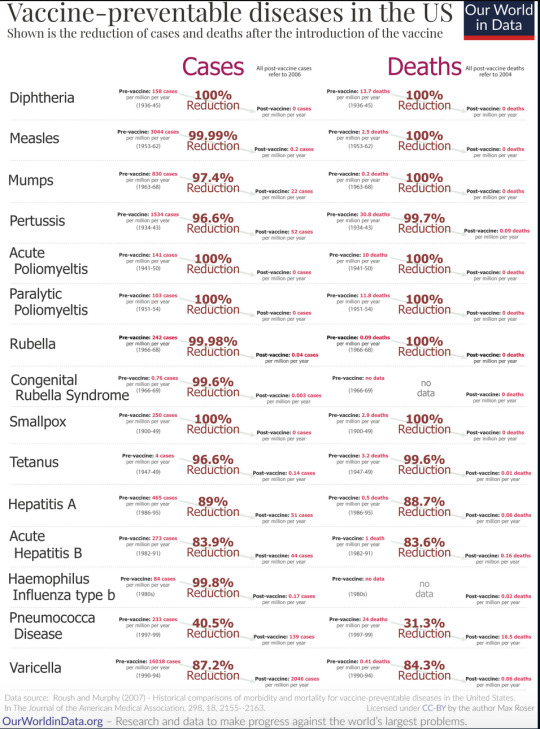a window to my thoughts... [info: white Jewish cishet woman in MN with an MPH doing academic research] [interests: reading, baking, gardening, sleeping] [goals: health equity, tzedek, tikkun olam, figuring out how to be happy]
Don't wanna be here? Send us removal request.
Text

Red Sky at Dusk - John Moore , 2023.
American , b. 1941 -
Oil on canvas , 59 x 69 in.
825 notes
·
View notes
Text
"Questionnaire" - Wendell Berry
1. How much poison are you willing to eat for the success of the free market and global trade? Please name your preferred poisons. 2. For the sake of goodness, how much evil are you willing to do? Fill in the following blanks with the names of your favorite evils and acts of hatred. 3. What sacrifices are you prepared to make for culture and civilization? Please list the monuments, shrines, and works of art you would most willingly destroy. 4. In the name of patriotism and the flag, how much of our beloved land are you willing to desecrate? List in the following spaces the mountains, rivers, towns, farms you could most readily do without. 5. State briefly the ideas, ideals, or hopes, the energy sources, the kinds of security, for which you would kill a child. Name, please, the children whom you would be willing to kill.
3K notes
·
View notes
Text
When there's a bug in the community vegetable garden and it's umm. And it's doing a bug production of Fiddler on the Roof in the lettuce. It's in the. It's in the public romaine. I don't fucking knowww.
576 notes
·
View notes
Text
Boroughs of New York City ranked by how feminist their names are (updated; 2023 edition)
1. Queens (needs no explanation)
2. Brooklyn (Brooke and Lynn are both women’s names. Passes the Bechdel test)
3. Staten Island (no man is an island)
4. The Bronx (has an x, gender neutral)
5. Manhattan (literally has man in the name)
34K notes
·
View notes
Text

'The Gnome book' by Rien Poortvliet, (1932 - 1995).
3K notes
·
View notes
Text

Little vision for a more beautiful, sustainable, tactile future.
2K notes
·
View notes
Text
From the article:
A recent report by Indigenous Environmental Network, or IEN, and Oil Change International, or OCI, found that Indigenous-led resistance to 21 fossil fuel projects in the U.S. and Canada over the past decade has stopped or delayed an amount of greenhouse gas pollution equivalent to at least one-quarter of annual U.S. and Canadian emissions.
2K notes
·
View notes
Photo

Elaine Feinstein, from Collected Poems and Translations; “Muse for E. T.,”
30K notes
·
View notes
Text
Take a moment to drift with the jellies.
6K notes
·
View notes
Text

"Fuck your fare"
Graphic by Krime
460 notes
·
View notes
Text

*
peopleiveloved
19K notes
·
View notes
Note
Hi! This is kind of a weird question but how/why was influenza (and other diseases that we have vaccines for now) so deadly 100-200 years ago? Obviously vaccines help tremendously, and probably immunity over time, but are there other reasons that the flu was a much bigger deal a century ago? Sorry if this is oddly specific, but my current project is historical. Thank you!
This is a very interesting question and there are a couple of different ways of looking at it.
Let's start with influenza:
[Note: it's surprisingly difficult to get good worldwide flu data, so I'm going to use US numbers for the purposes of this post.]
I think the first thing to understand is that unlike many other infectious diseases, influenza is substantially different every year. That means that the immunity that you build in 2017 from either the flu or the flu shot won't necessarily help prevent you from getting the flu in 2023. By then it will be a different enough virus that your previous immunity won't be as helpful. Though it might make it a little milder. But keep reading, I'll give you some fun facts to share at parties:
We name flu (A) viruses based on two different proteins on the surface of the virus. The proteins are "H" and "N". There are 16 different "H" proteins, and 9 different "N" proteins that we currently know of. The combination of the two forms the "name" of a particular flu virus. Think H1N1, or H5N6, or any other combination. Each combination has their own attributes, which contributes to how infectious or deadly they are in any given year. And which ones circulate are different every year.
Just mathematically, that's a lot of substantially different flu viruses. Hundreds of them, in fact. And you have to build immunity to each one individually. You could, say, build immunity to H2N5, but that would do little to save you from next year's H4N3. And not only that, but within a single type there are many smaller variations. For example, say you got H5N3, but then it went and mutated. If you then got exposed again, you might have some immunity to new!H5N3, but it could also be just different enough that you still get sick.
Like I said above, different types of flu virus are deadlier or spread faster than others. H5N1 (a type of avian flu with a human mortality rate of 52%) is terrifyingly deadly but fortunately doesn't spread particularly well, while H1N1 (the star of both the 1918 and 2009 flu seasons) spreads rapidly and kills primarily young adults (weird, since flu usually kills babies and old people).
This is why in 2009 we did the whole "close the schools vaccinate the teens hide the president" routine. Because if it was *that* H1N1 we were all about to be screwed in ways we had never experienced before. Fortunately it wasn't, but thank goodness we did it. Also if you got vaccine #2 in 2009, you are also protected against the 1918 strain of H1N1. You're gonna be a hit at parties with that one.
Now, if you look at only deaths (not the best measure, but one with some emotional punch), within the last decade alone we have years where 12,000 people died of flu in the US (2011-2012) and years where that number is as high as 61,000 (2017-2018). These numbers are similar throughout recent history (relative to population), but then you get years like 1968 (where 100,000 people died in the US) and 1957 (where 116,000 died), and then sometimes you get these wild whopping years like 1918 where 675,000 died (equivalent to 1,750,000 people dying in today's US population). These fluctuations have happened since Hippocrates was around, and probably long before that, and there's really nothing to suggest it's getting any milder in any statistically significant way.
Now, outside of these natural fluctuations, we do have some ways of driving down these numbers. We do have a vaccine. It is different every year, based on our prediction of what the most likely or dangerous types of flus will be this year. Fortunately, you do get to keep this immunity for some time, so you can look at the flu vaccine as a personal collection of different flu viruses you have immunity to- you can collect 2-3 different ones every year in one shot and you didn't even have to catch them!! Yay! Unfortunately, since we never reach herd immunity with the flu vaccine, and we can't perfectly predict and incorporate all the strains that will circulate in a given year, while you do get some protection, it's not ever perfect. But it *is* still worth it.
We also have other feats of modern medicine as backup to the flu vaccine. We have oxygen, antiviral drugs like tamiflu, immune modulating drugs, and technology like ventilators to help keep people alive in ways we would not be able to in previous generations. So that's also an advantage. Unfortunately, these don't always work either, and we are still at the whim of those yearly fluctuations in influenza virus deaths.
And really, if you ask any epidemiologist, covid is just a little trial run for the next Big One. Which is both extremely likely to be a flu virus and which we're statistically overdue for.
TL;DR: The flu isn't getting milder so much as it varies wildly in severity every year. The next major flu pandemic is probably going to be in our lifetimes, so start collecting your flu immunity now if you haven't yet. New collections drop every August and are available until April. Get em' while they're hot. This year's included a 2009-like strain of H1N1 and a delightful H3N2 number from Hong Kong.
As for All the Other Vaccine Preventable Illnesses:
*ahem*
Yes, it's vaccines. It's obviously vaccines. Its basically only vaccines. Anyone who has ever told you it's not vaccines is lying. No other major discovery of modern medicine has ever saved as many lives, prevented as many disabilities, and created as many opportunities for a life well lived as vaccines have. No antiviral drug, no antibiotic, no ventilator can even hold a candle to vaccines. The answer is f*cking vaccines*.
I hope I have made myself clear.
Enjoy this table:

*Yes I do have a masters degree in public health and am a registered nurse that interacts with the public regularly, how did you know?
-Ross @macgyvermedical
4K notes
·
View notes




